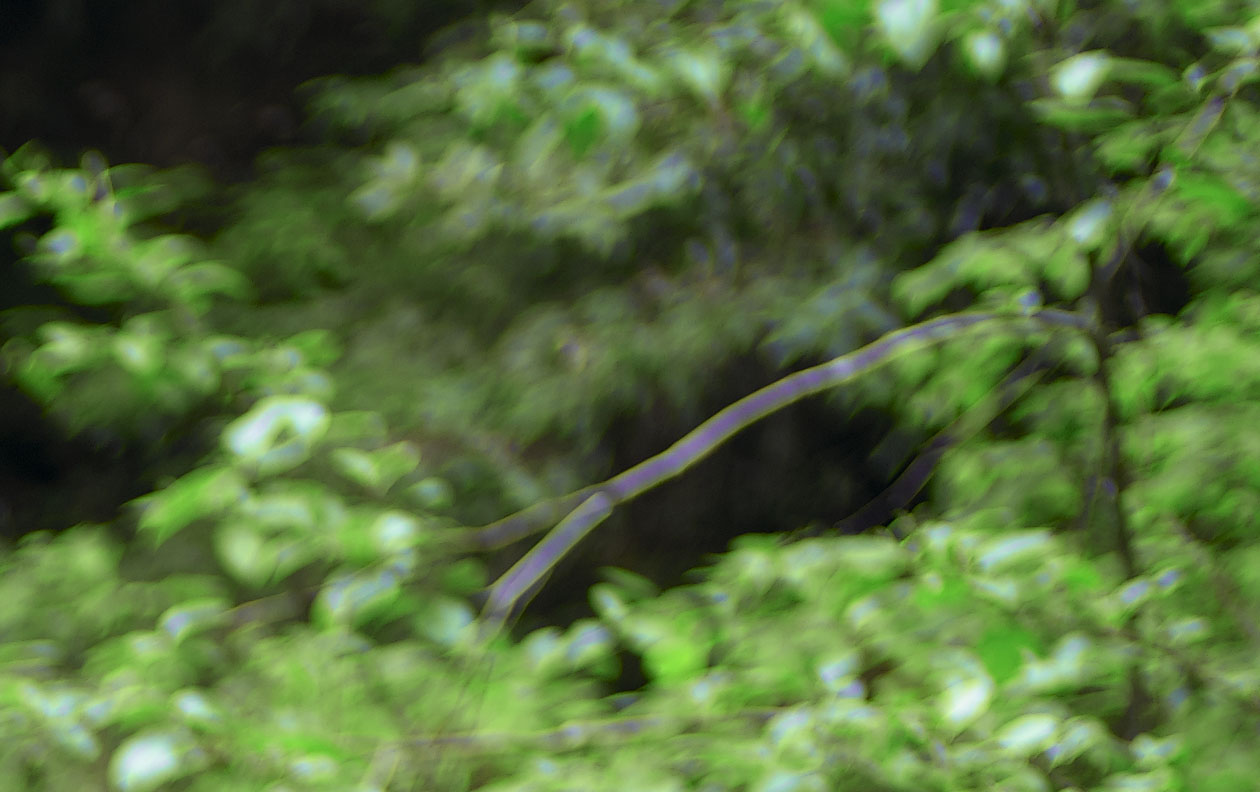EXCERPT page containing first few paragraphs. 2024-04-19 12:05:22
UA_SEARCH_BOT_compatible_botmozilla/5.0 applewebkit/537.36 (khtml, like gecko; compatible; claudebot/1.0; +claudebot@anthropic.com) @ 3.16.70.101
For full access, subscribe here. Or click title to login. ![]()
Delay in Depth of Field by Color Divergence
The circle of confusion is a useful conceptual model for image definition, but when defocused, nearly all lenses have some degree of secondary longitudinal chromatic aberration which causes the color (wavelengths) to focus differently. The result is “color bokeh” or the magenta/green blurs seen in out of focus areas; these colors distort the true color of the subject matter, splitting it into its components (e.g., a white blur becomes a magenta interior with a green boundary).
Since the circle of confusion is displaced by color, the actual circle of confusion is larger than in a lens that is perfectly corrected for color, e.g., by definition there is less depth of field than theory by calculation would predict. Thus the lens with a higher degree of color correction will have greater real depth of field at an given aperture (all other factors being equal, other aberrations have a similar 'frictional' effect on depth of field gains).
Article continues for subscribers...
Diglloyd Making Sharp Images is by yearly subscription. Subscribe now for about 13 cents a day ($50/year).
BEST DEAL: get full access to ALL 8 PUBLICATIONS for only about 75 cents a day!
Diglloyd Making Sharp Images articulates years of best practices and how-to, painstakingly learned over a decade of camera and lens evaluation.
Save yourself those years of trial and error by jump-starting your photographic technical execution when making the image. The best lens or camera is handicapped if the photographer fails to master perfect shot discipline. High-resolution digital cameras are unforgiving of errors, at least if one wants the best possible results.
- Eases into photographic challenges with an introductory section.
- Covers aspects of digital sensor technology that relate to getting the best image quality.
- Technique section discusses every aspect of making a sharp image handheld or on a tripod.
- Depth of field and how to bypass depth of field limitations via focus stacking.
- Optical aberrations: what they are, what they look like, and what to do about them.
- MTF, field curvature, focus shift: insight into the limitations of lab tests and why imaging performance is far more complex than it appears.
- Optical aberrations: what they are, what they look like, and what to do about them.
- How to test a lens for a “bad sample”.
Intrigued? See Focusing Zeiss DSLR Lenses For Peak Performance, PART ONE: The Challenges, or (one topic of many) field curvature.

Rolleiflex AFD 80mm f/2.8 Apogon PQS

